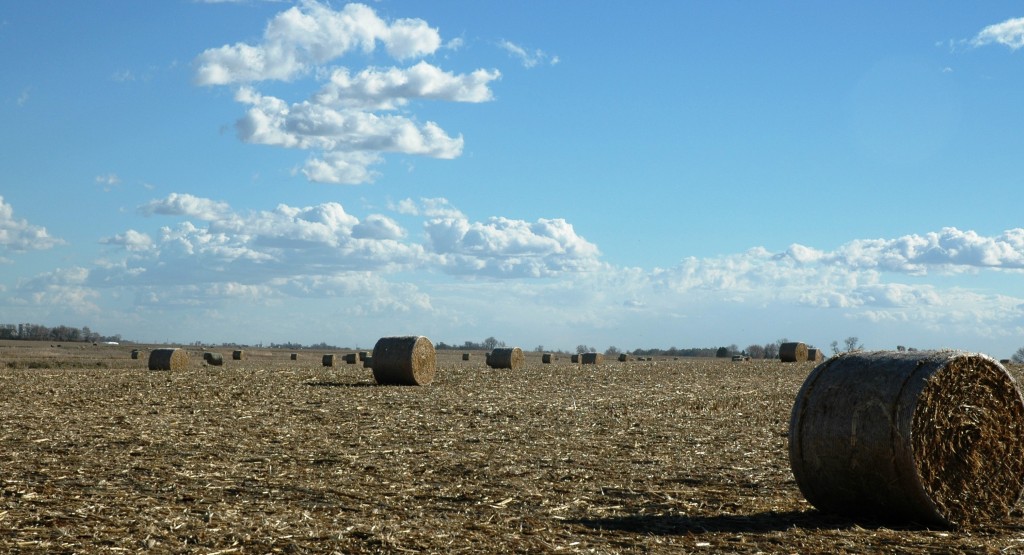Picking up the leftovers
As the sun sets on the 2011 corn harvest in South Dakota, the work is far from over. While some may be putting equipment away, a number of farmers utilize their resources by baling corn residue for bedding, feed or even biofuels. Another option is to graze livestock in those fields. Consider it the second harvest.
By late fall in South Dakota most pastures have been grazed meaning it’s time to bring the livestock herds home for the winter. But a number of farmers take advantage by grazing their corn field(s) either close to home or a pasture allowing their ruminants to clean up dropped ears and chopped stalks. As a bonus, those cows leave behind their own organic nutrients enriching the soil.
Farmers who raise livestock know spring can be a muddy time and the need for plentiful bedding always comes in handy during calving season. Corn stalk bales stand up well to mud and wet snow but can also serve as a forage source. Corn residue is not a highly nutritious feed source but it mixes together well with other products and is very inexpensive.
The newest use of corn residue is biofuels. Cellulosic ethanol from corn stover has become a reality in both South Dakota and Iowa as this process continues to become additionally efficient and cost-effective. This innovation is needed in order to reach the advanced biofuel amounts in the Renewable Fuel Standard providing American motorists with an additional source of clean-burning fuel from leftovers found in the field.
With that said, protecting and caring for the soil is always at the top of any farmer’s agenda. Grazing and gathering of corn stover need to be done in a conservative manner leaving behind plentiful amounts of crop residue to protect and enhance the soil. That residue provides cover preventing erosion and adds to the soil’s organic matter increasing water and nutrient holding capacity.

